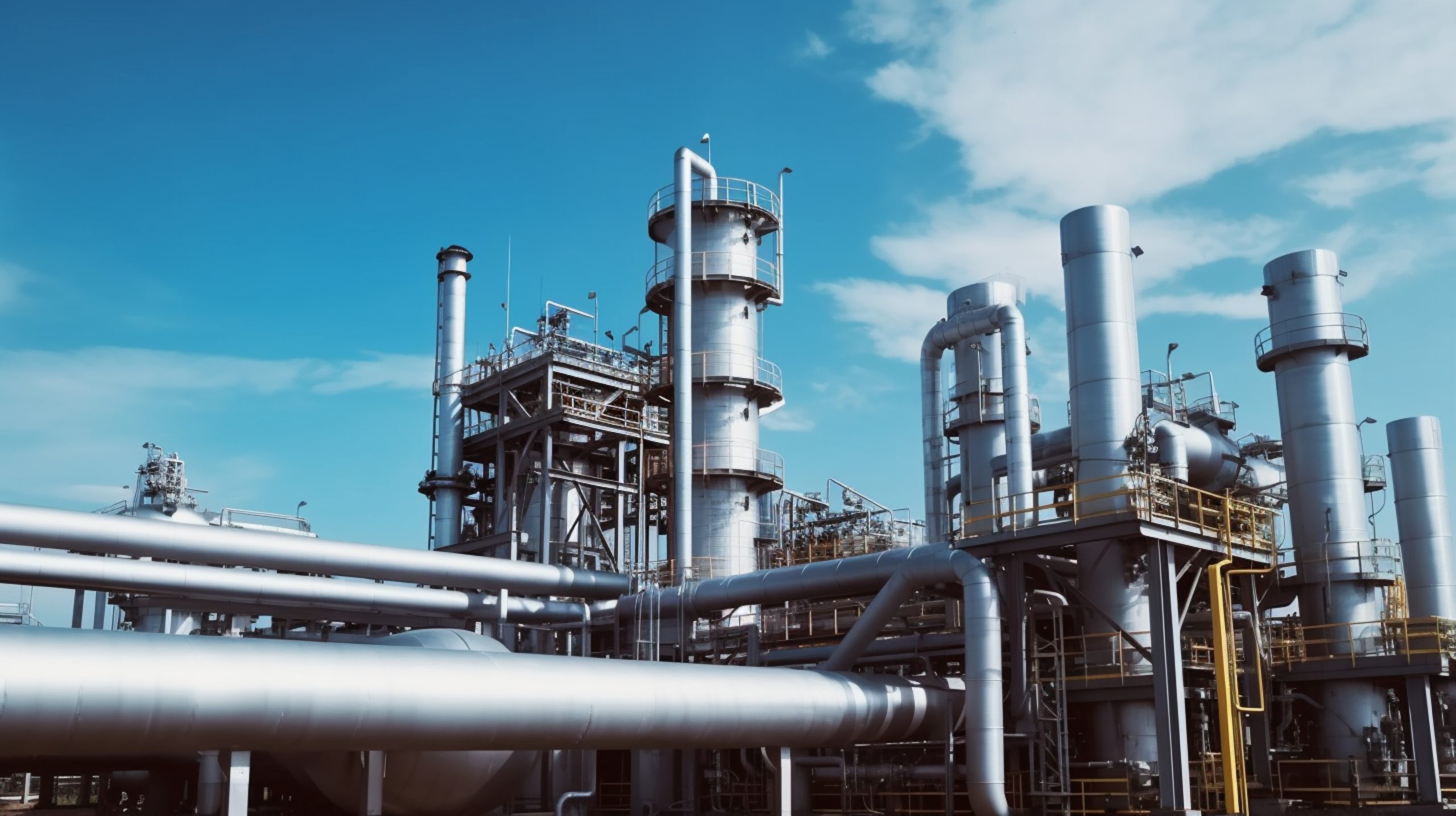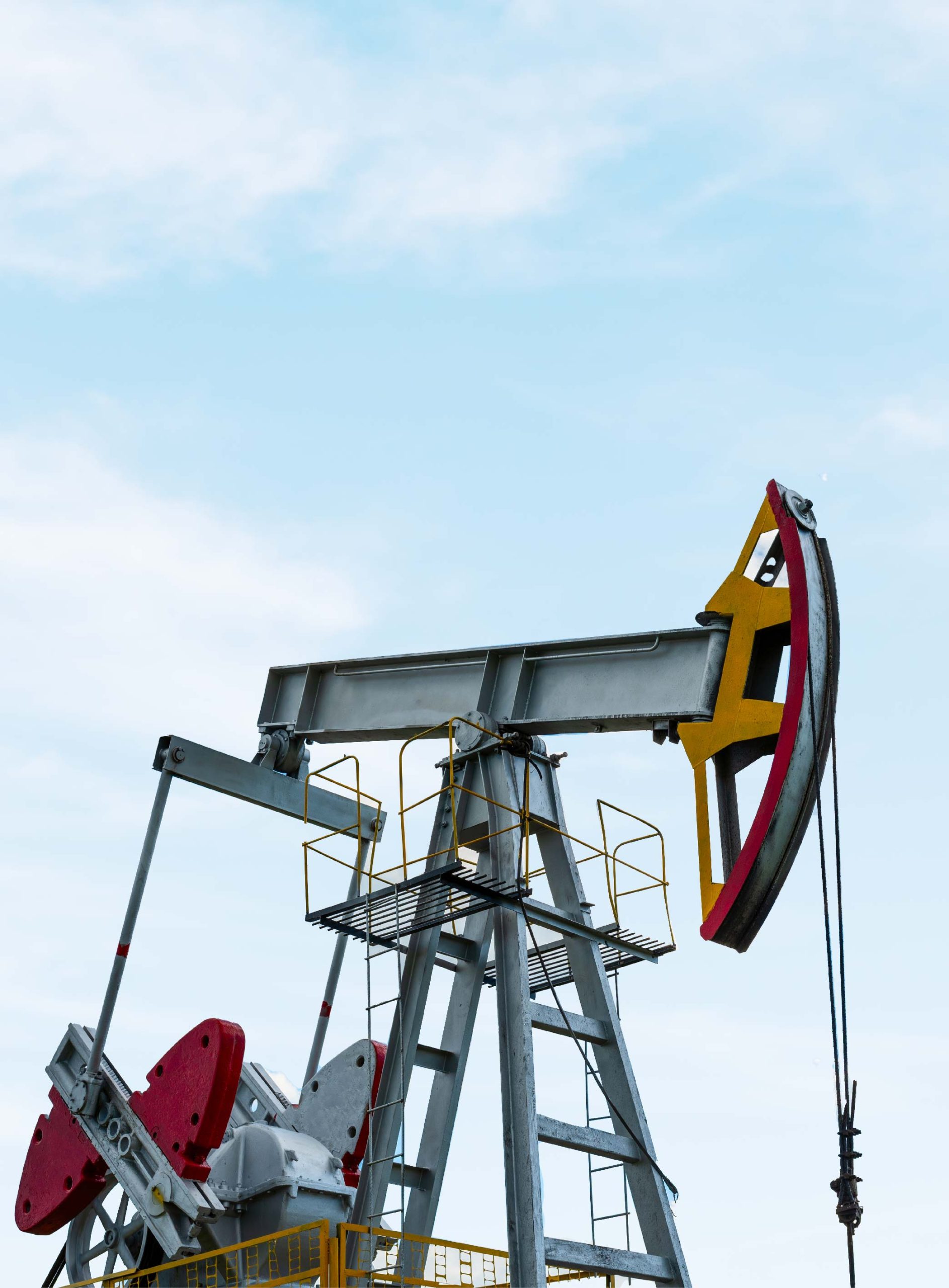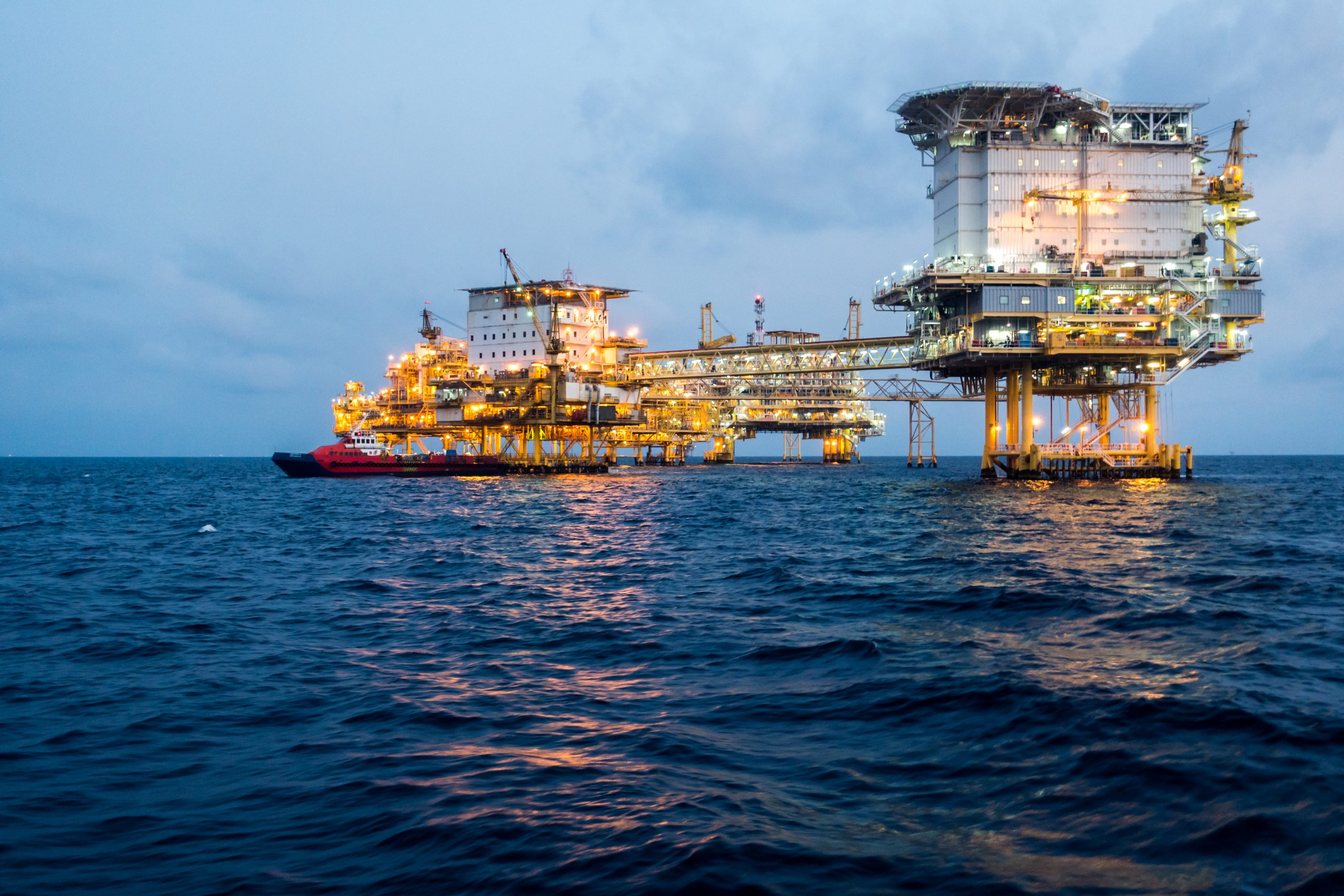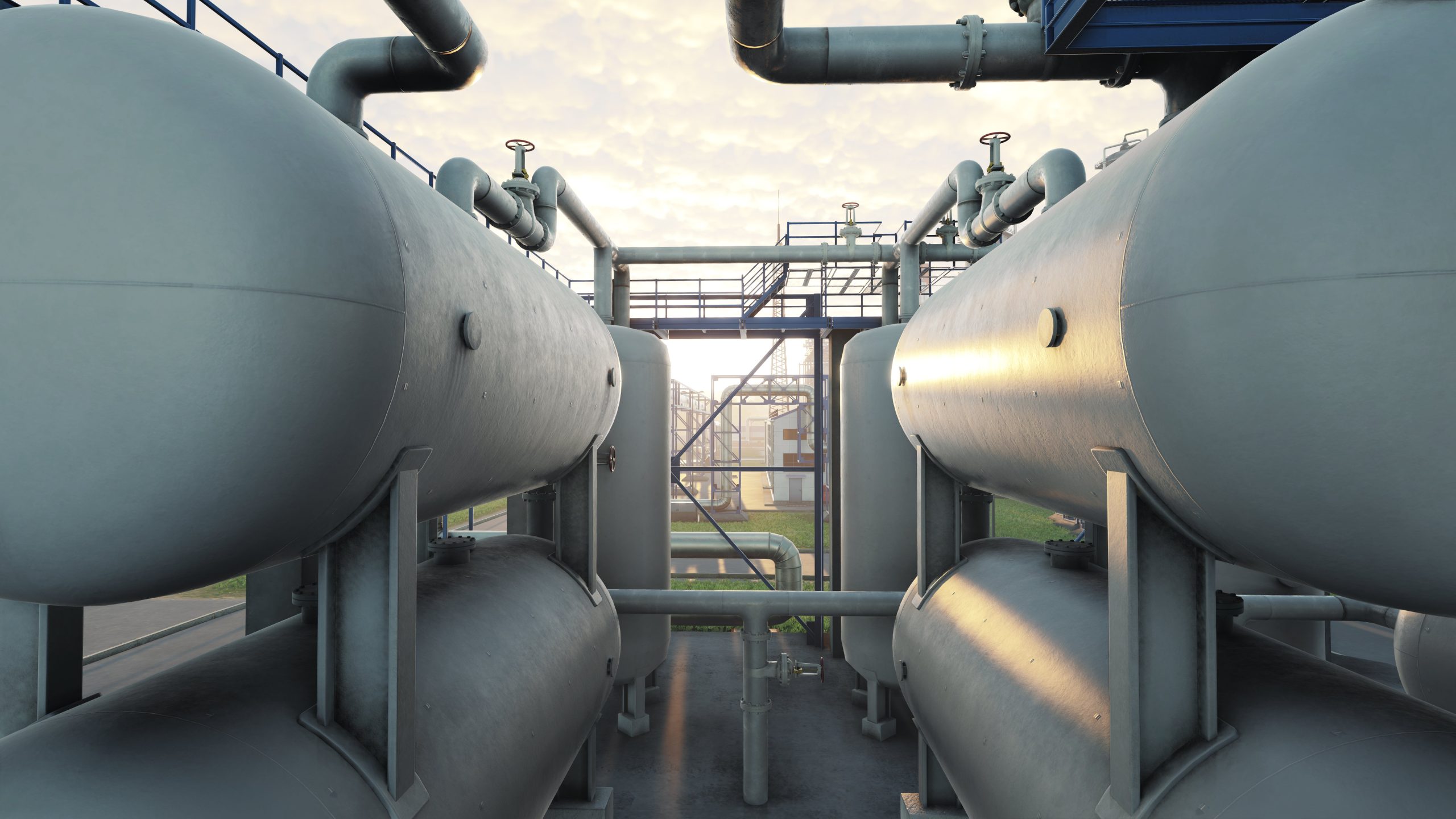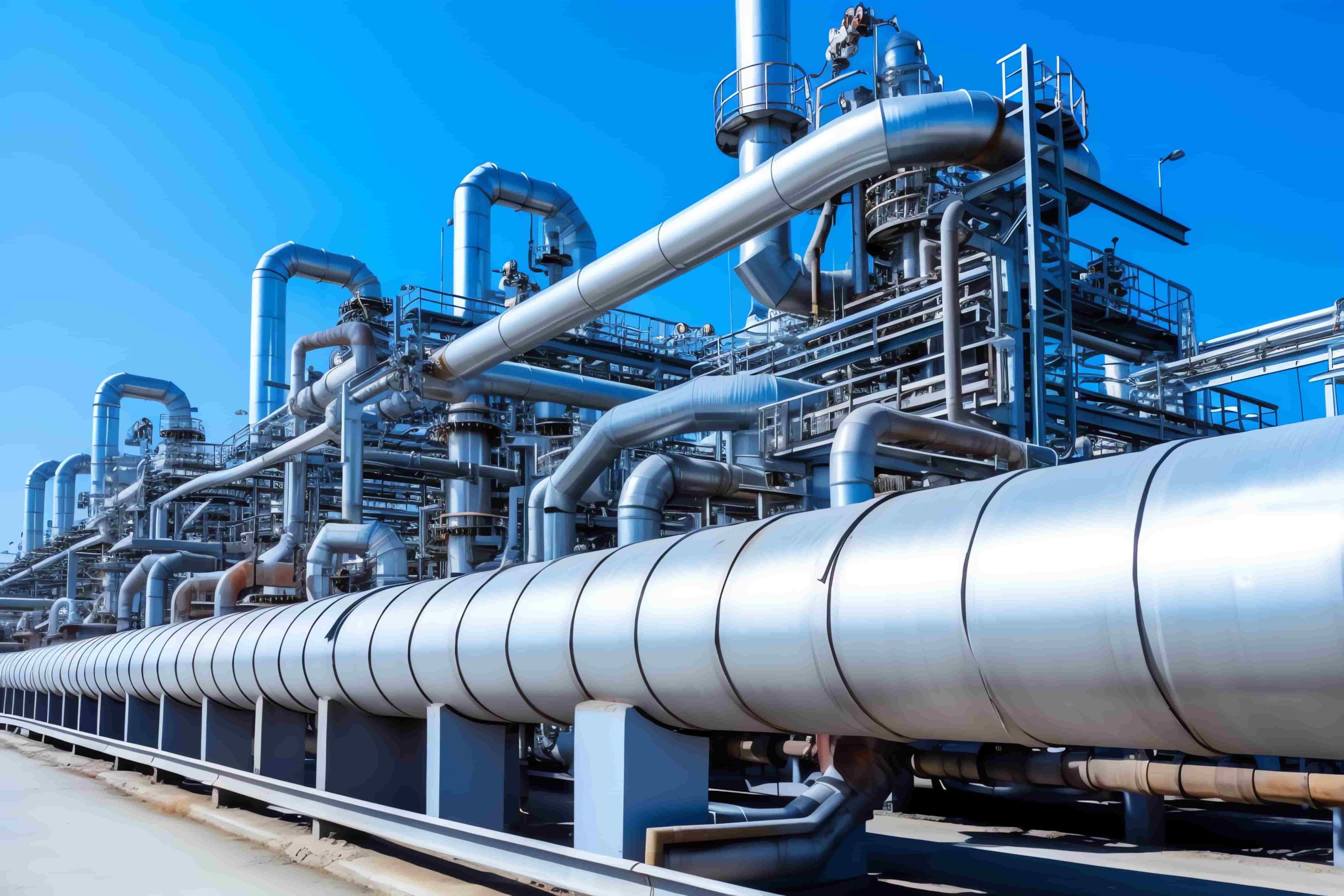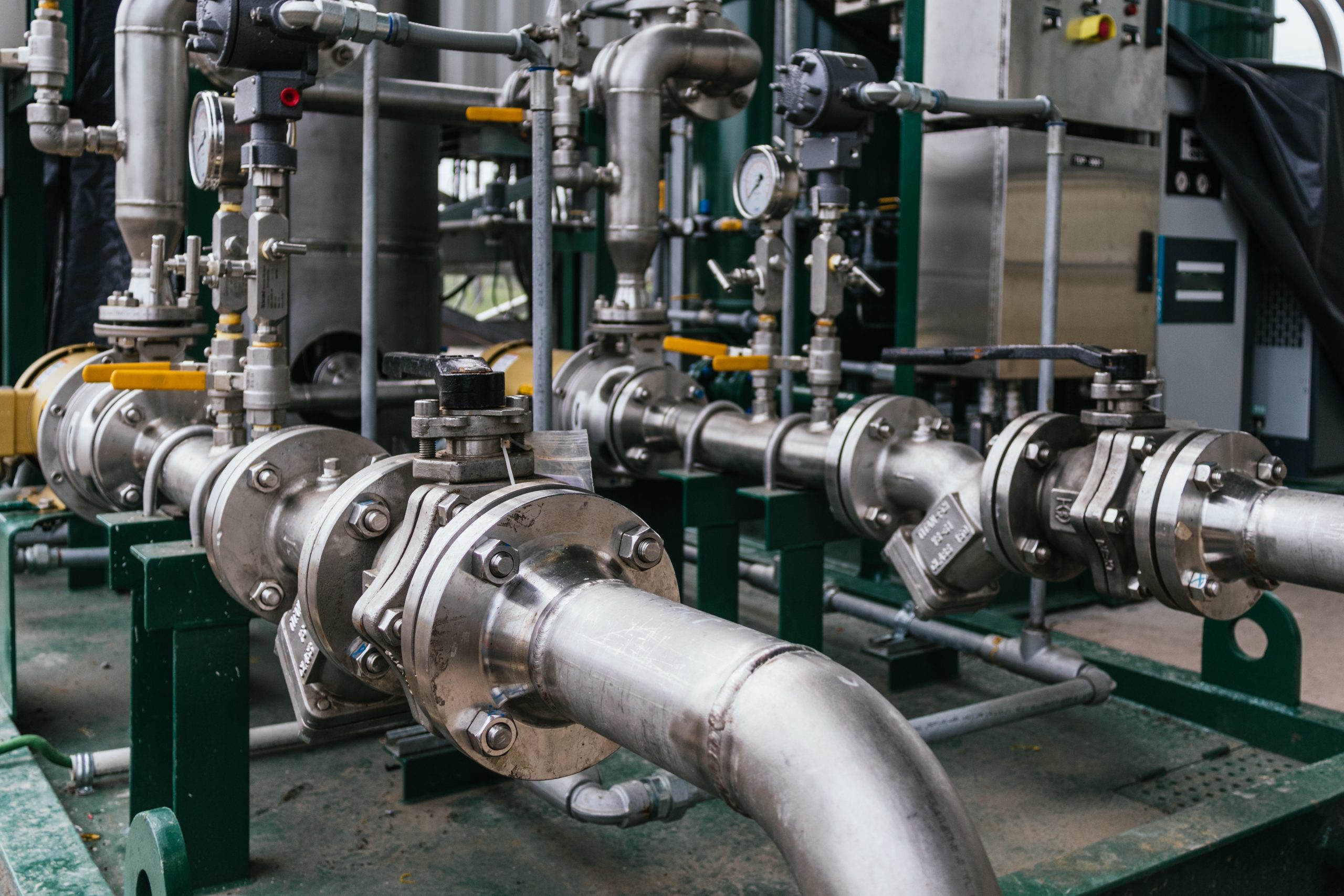Gasoline
Gasoline, often referred to as petrol, is a liquid fuel derived from crude oil through a refining process. Here are the key components and characteristics of gasoline:
Hydrocarbons :
Gasoline is primarily composed of hydrocarbons, which are organic compounds consisting of hydrogen and carbon atoms. The hydrocarbons in gasoline are typically in the range of C5 to C12, meaning they have 5 to 12 carbon atoms per molecule.
Octane Rating :
Gasoline’s performance is often measured by its octane rating, which indicates its resistance to knocking or pinging during combustion in an engine. Higher-octane gasoline is less prone to premature ignition and is commonly used in high-performance or high-compression engines.
Additives :
Gasoline may contain various additives to enhance its properties and performance. Common additives include detergents to clean fuel injectors and intake valves, corrosion inhibitors, antioxidants, and anti-knock agents.
Distillation
Fractions :
During the refining process, crude oil is distilled to separate it into different fractions based on boiling points. Gasoline is derived from the lighter fractions of crude oil, typically in the range of 30 to 200 degrees Celsius (86 to 392 degrees Fahrenheit).
Aromatics
and Olefins:
Gasoline may contain aromatic hydrocarbons (such as benzene, toluene, and xylene) and olefins (unsaturated hydrocarbons) in varying proportions. The composition of these components can affect the combustion characteristics of the fuel.
Vapor
Pressure :
Gasoline is designed to have a specific vapor pressure, which influences its ability to evaporate at various temperatures. Controlling vapor pressure is important for proper engine performance and emissions control.
Environmental Stewardship :
LPG champions environmental responsibility by emitting fewer greenhouse gases and air pollutants compared to traditional fossil fuels. Its use contributes to mitigating air pollution and reducing the overall environmental footprint associated with energy consumption.
Ethanol
Blending:
In some regions, gasoline is blended with ethanol, a biofuel usually derived from corn or sugarcane. Gasoline with ethanol blends, such as E10 (10% ethanol) or E85 (up to 85% ethanol), is common in certain markets as a means of reducing dependence on fossil fuels and lowering emissions.
Color and Odor :
Gasoline is typically colorless and has a characteristic odor. The odor is often due to the presence of volatile compounds like benzene. The distinct smell is also an important safety feature, allowing people to detect gasoline leaks.
Environmental Impact :
The combustion of gasoline in internal combustion engines produces carbon dioxide (CO2) and other pollutants. Efforts to reduce the environmental impact of gasoline focus on improving fuel efficiency, developing cleaner combustion technologies, and promoting alternative fuels.

It’s important to note that gasoline formulations may vary by region and are subject to regulatory standards. Additionally, advancements in fuel technology and changes in regulations may impact the composition of gasoline over time.

